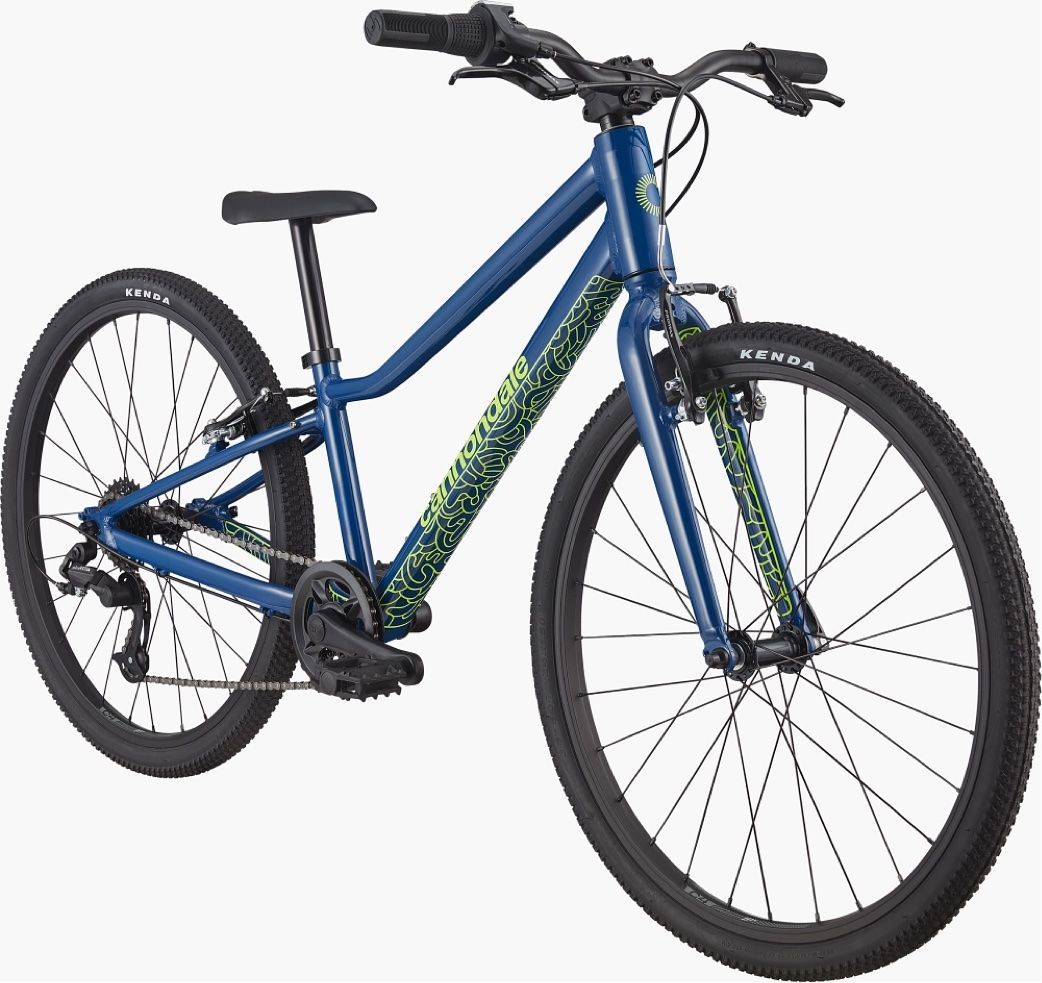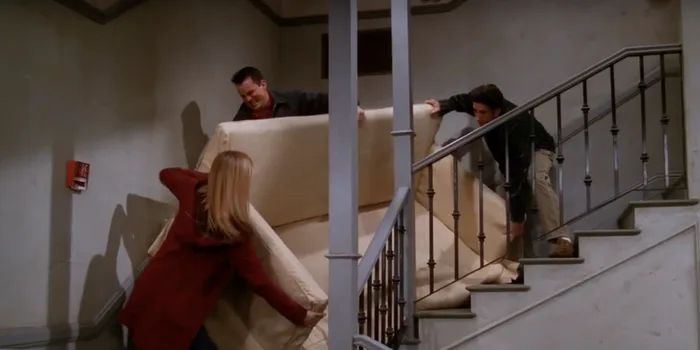Build a Bike Fundraiser for Lucky to Ride
Lucky to Ride & Vitruvian Fitness Build Bikes for Kids
The bikes are built but there's still time to donate!
Build Date: Saturday 4/8/2023 at Vitruvian Fitness
Time: 11:00AM
Price: Each whole bike costs $320
April 8, 2023 - 11:00AM at Vitruvian Fitness
Vitruvian Fitness is STOKED to once again organize a bike build event for an awesome charity! This time in support of Lucky to Ride.
(We partnered with Wish for Wheels previously.)
Vitruvian Fitness has been challenged to support Lucky to Ride by purchasing and building 75 bikes for their summer Learn to Earn Programs.
We will be hosting two events building 35-40 bikes at each event. The first one will be on April 8, 2023. The second one is still TBD.
Learn to Earn is geared toward middle school and high school aged kids. The 5-day (10 hour) STEM-based course, teaches kids about the bicycle as a simple machine — how it works, how to repair it and how to ride safely. Instructors place an emphasis on teaching valuable life skills along the way. Upon completion of the multi-session course, the kids receive their own bike, a new helmet, lock and tool kit.
Build Date: Saturday 4/8/2023 at Vitruvian Fitness
Time: 11:00AM
Price: Each whole bike costs $320
Click here to purchase a bike.
The store is set up to sell complete or partial bikes. If you're moved to support Lucky to Ride but this isn't the right time to purchase a full bike, we will welcome partial bike contributions and your help assembling will also be greatly appreciated!
About the Build Event
Part of the fun of this event is getting together as a community to assemble the bikes. Lucky to Ride will have two mechanics on site to teach us how to build the bikes efficiently and safely. No experience or tools are necessary.
You and your whole family are invited and encouraged to join us.
Lunch provided, too!
About Lucky to Ride
Lucky to Ride is an organization of cyclists, educators, and community leaders who make a significant difference in the lives of children by opening their minds to new possibilities and arming them with greater self-esteem.
Lucky to Ride is dedicated to giving underserved and at-risk youth the opportunity to experience and learn about the natural beauty of Colorado from the seat of a bike.
They offer experiential and transformative cycling programs that combine fun, adventure, and physical activity with STEM-based programming in a safe, supportive environment. All their programs serve at-risk and underserved youth, ages 8-20, in the Denver metro area.
A note about the bikes. If you've participated in previous builds with us, you'll note that the bike we're building and giving this year is more expensive. The old bikes were smaller and for younger riders. These bikes are also much higher quality, are easy to service, and will last much longer - being hand-me-down-able to younger siblings or friends. And each child receiving a bike will get 10 hours spread over 5 days of instruction how to ride and how to take care of their new bike!
I've been riding bikes since I was 5 years old. I taught myself how to ride on my older brother's bike by climbing aboard and rolling down the hill over and over until I learned how to balance and then kept pedaling. Obviously, I crashed a lot back then and that hasn't changed after all these years (if you haven't heard, I'm nursing a broken collar bone right now!). But it sure is fun.
Riding bikes is freedom – then and still. It's transportation, it's sport, it's exercise, it's joy. Sharing the stoke of riding bikes is a privilege and I hope you'll join me this spring sharing it with kids in the metro area who may well end up loving them as much as I do. What a gift!
Curious about training at Vitruvian Fitness?
We encourage you to do a 30-Day Trial Membership. In 30 days, you will get a private onboarding session that includes the Functional Movement Screen®, then 8 semi-private training sessions doing the program we design based on that first session. And you’ll get to be a part of one of the most inviting, inclusive, and fun communities you’ll find anywhere. At the end of your trial, you get to decide if you liked it and if you want to continue with a regular 6-month membership. All the options and prices are on our Membership page.
Our facility is conveniently located on the northwest corner of Denver in beautiful downtown Wheat Ridge.
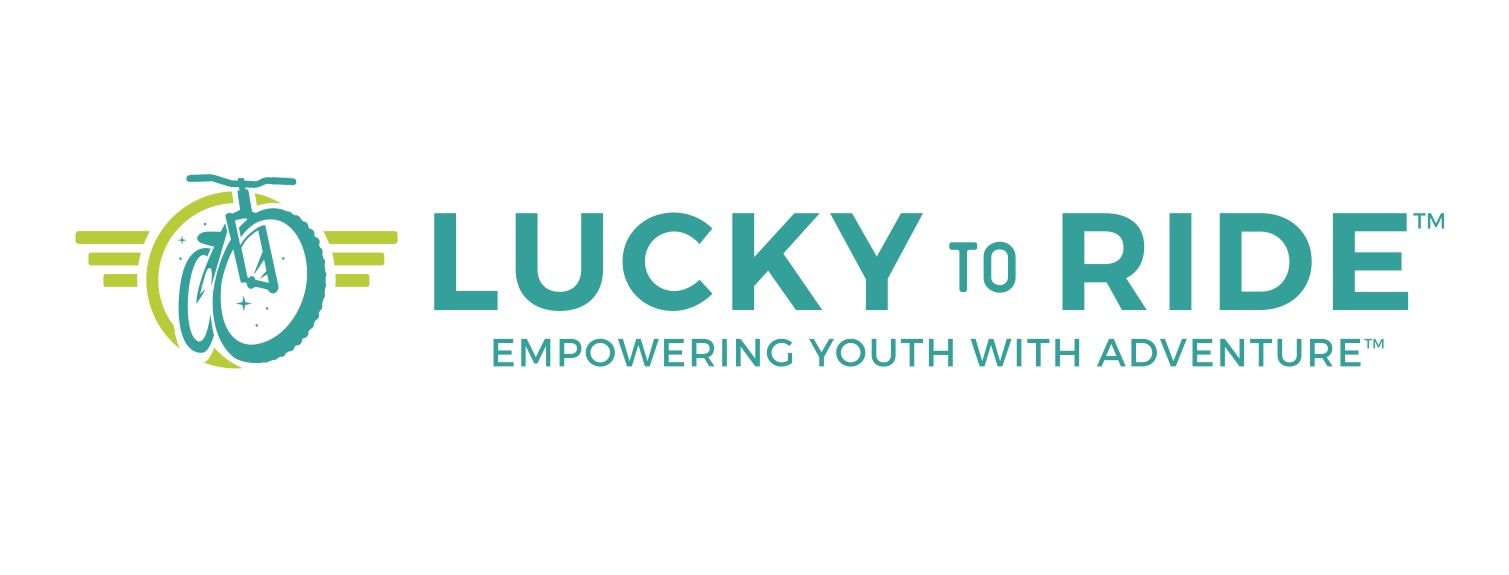
You might also enjoy these posts . . .
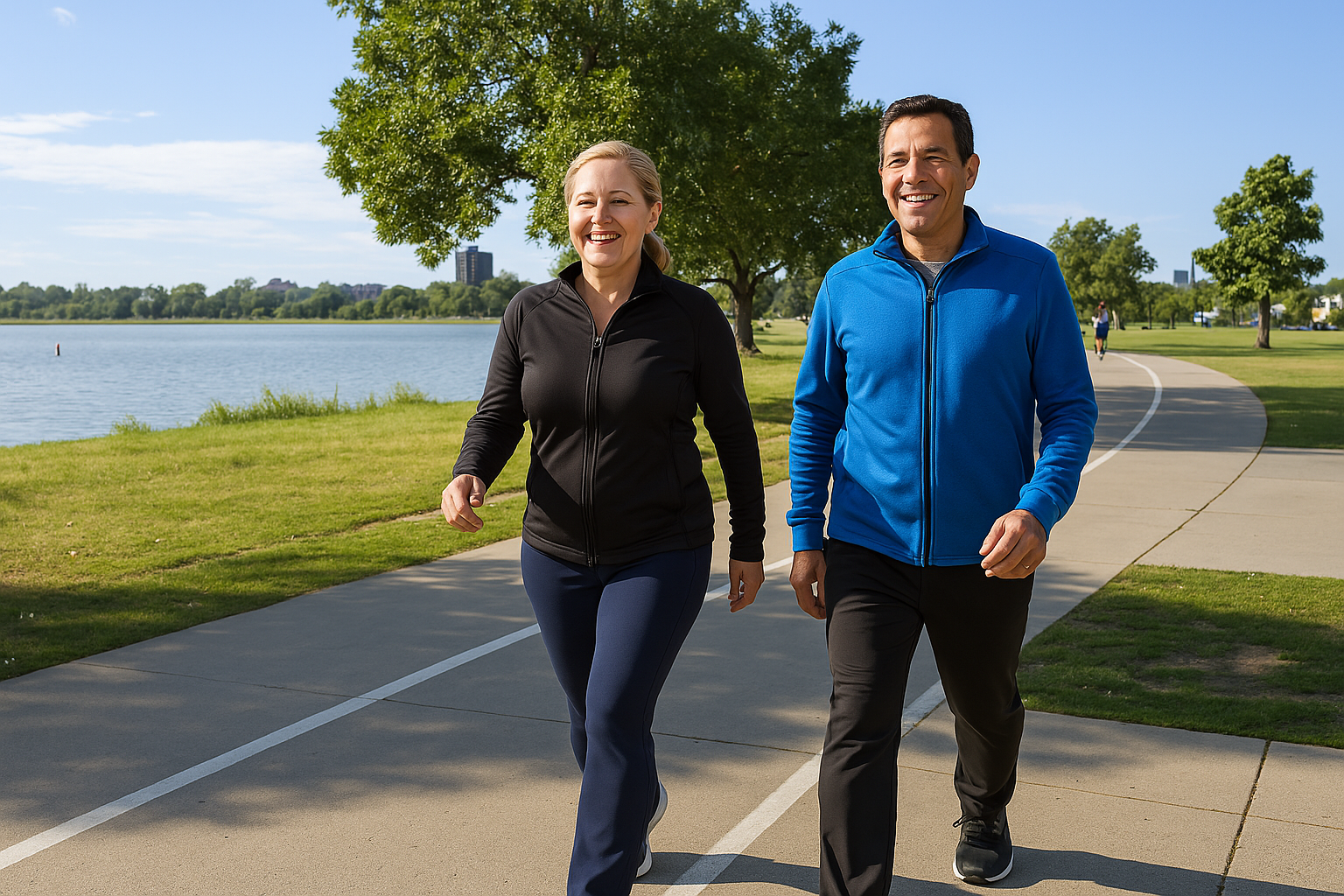
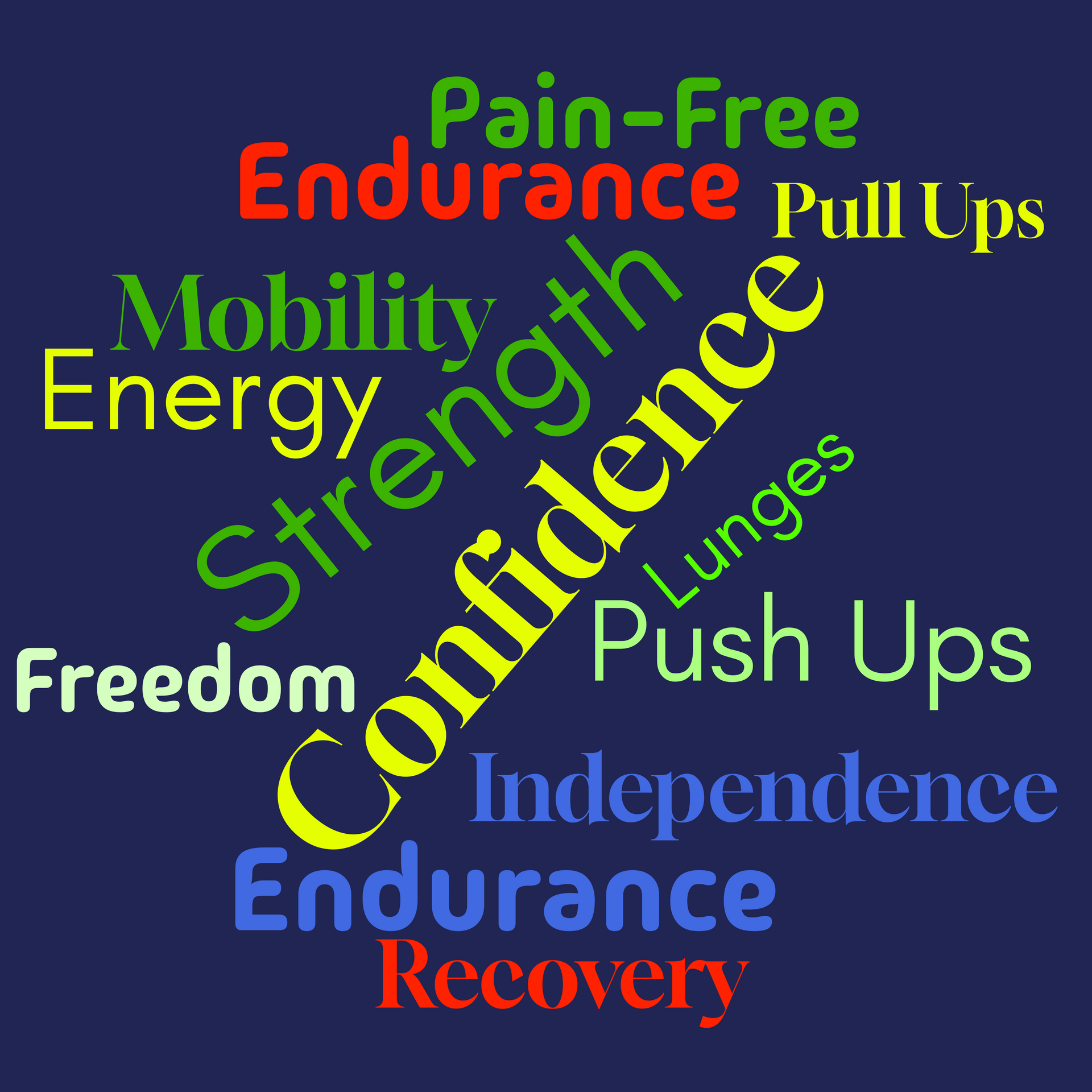
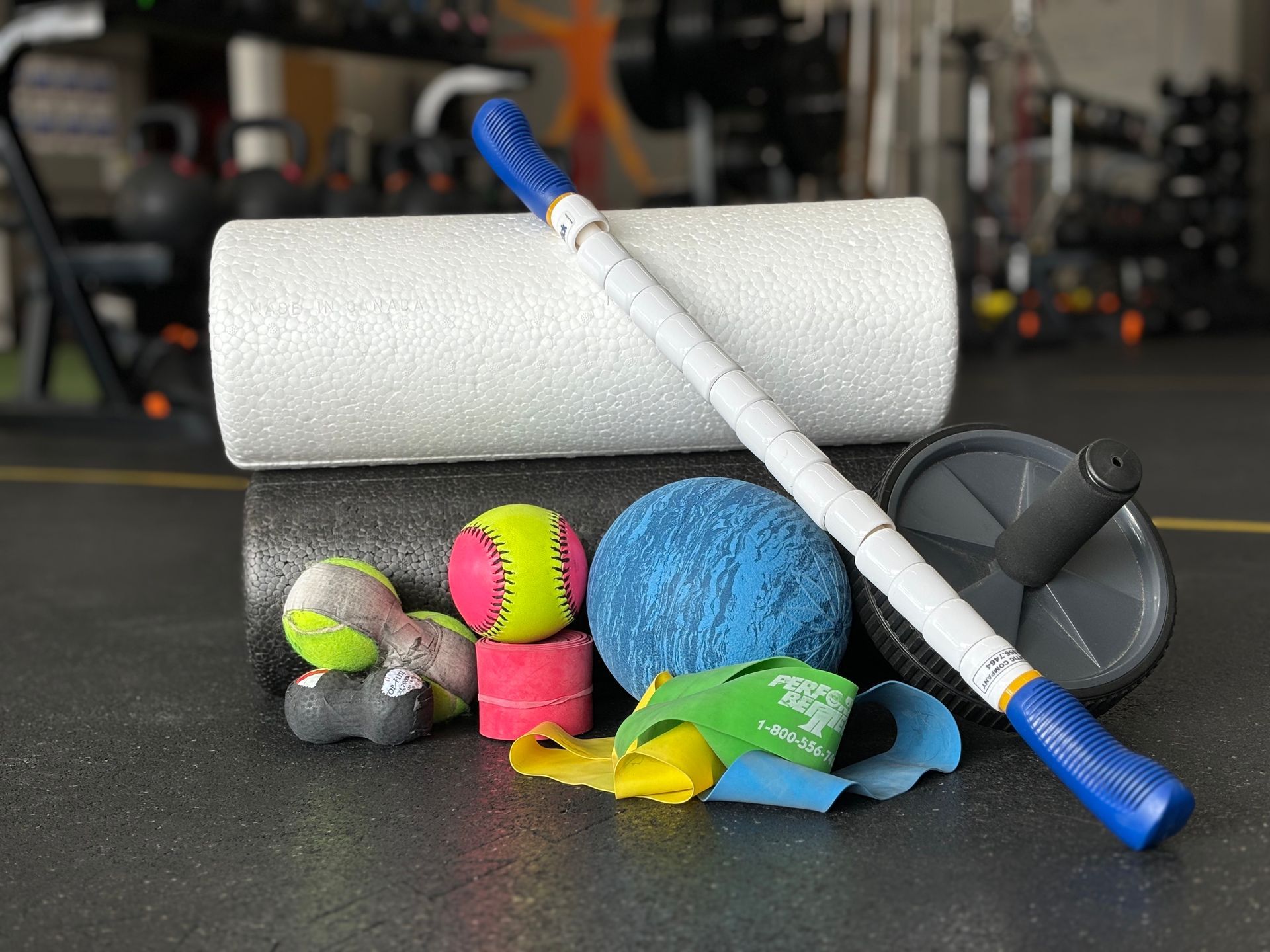
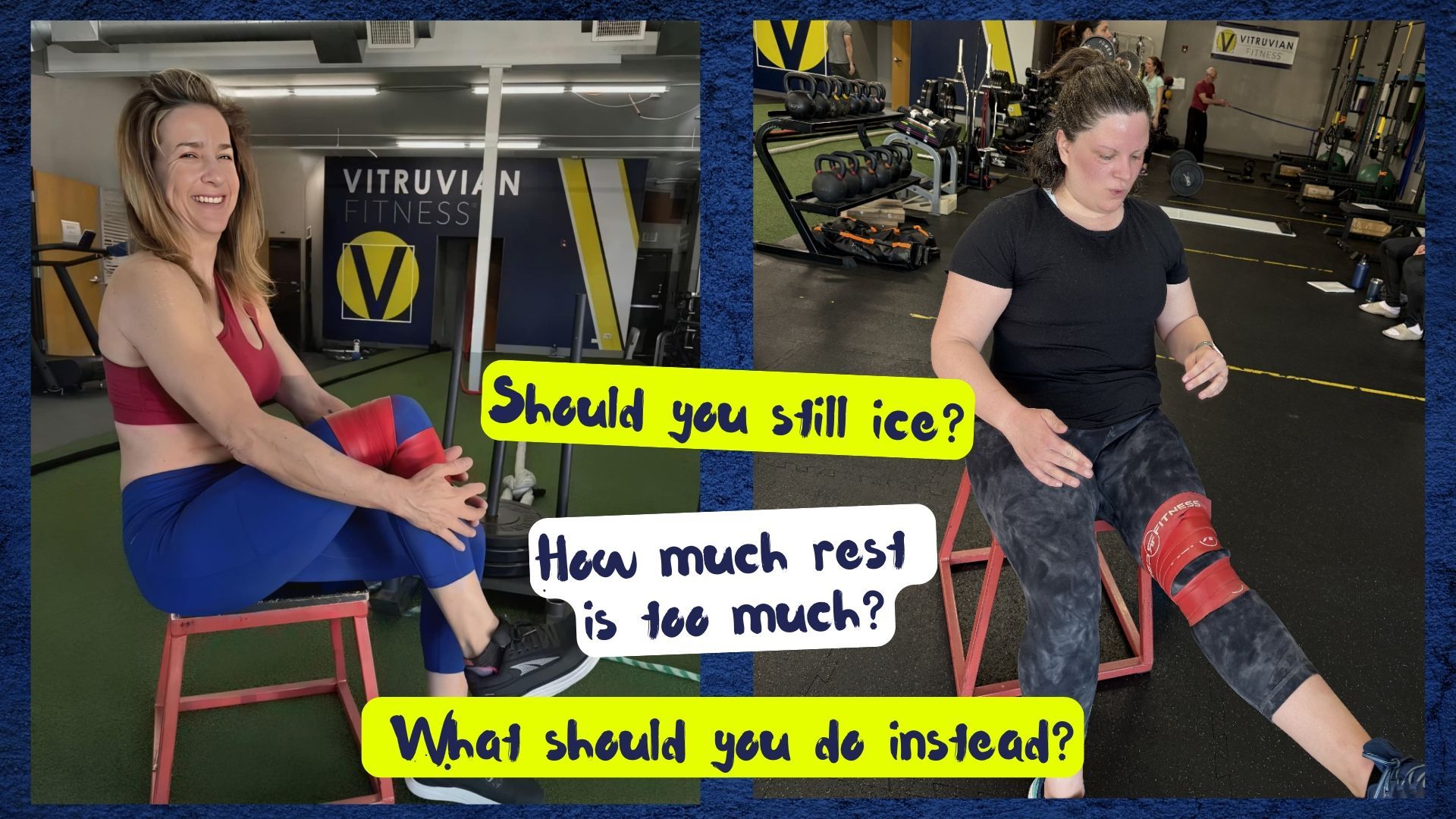
VITRUVIAN FITNESS
Locally-owned strength training gym coaching in small groups. Serving the neighborhoods of NW Denver, Wheat Ridge, Arvada, Lakewood, Applewood, Golden, and virtually across the USA.
© Copyright 2023 | Vitruvian Fitness® | PrivacyPolicy

